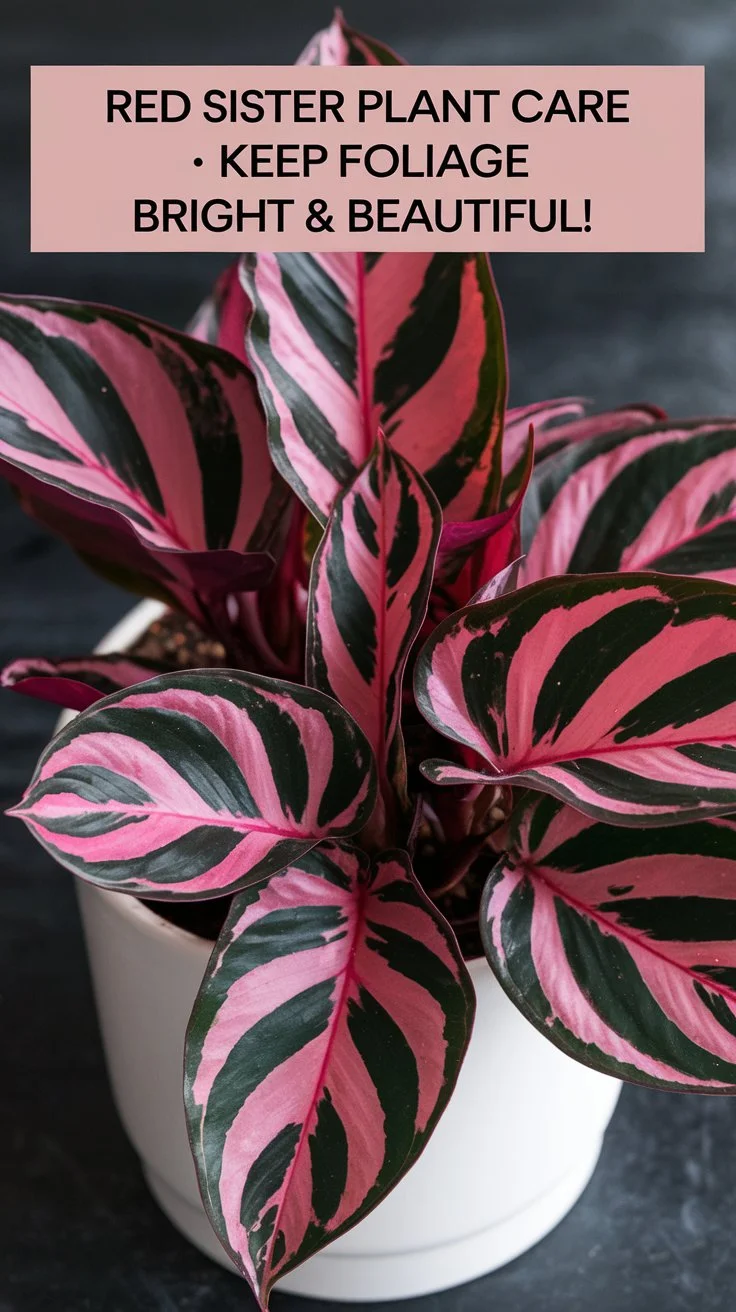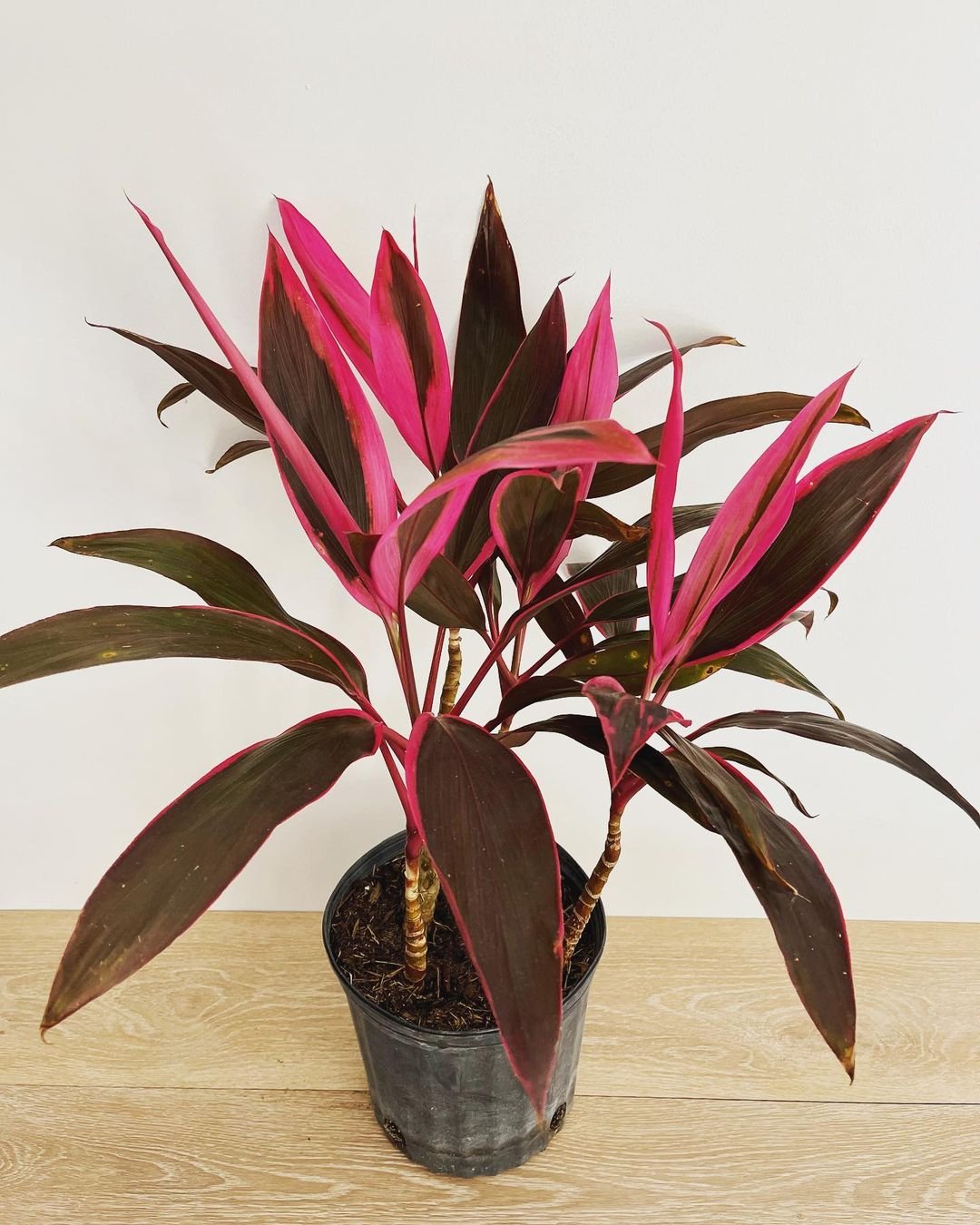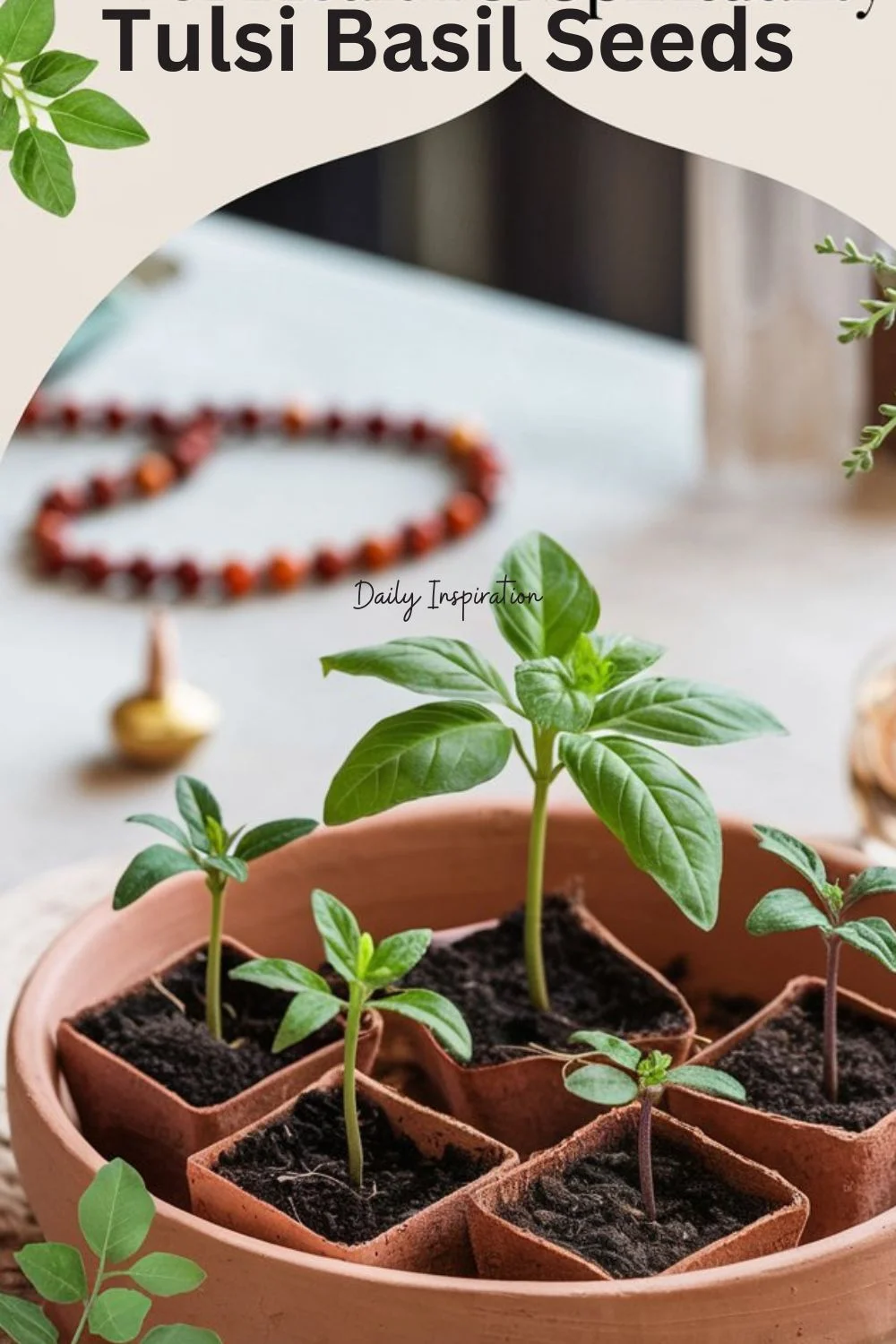Discover how to grow and care for the Red Sister plant in 2024. Learn expert tips on light, water, and soil requirements for vibrant foliage. Perfect for tropical gardens and indoor spaces!
The Red Sister plant, scientifically known as Cordyline fruticosa ‘Red Sister’, is a stunning tropical evergreen known for its vibrant, colorful foliage. With its striking burgundy-red leaves edged in bright pink, this plant adds a dramatic flair to both indoor and outdoor spaces. In this comprehensive guide, we’ll explore everything you need to know about growing and caring for the Red Sister plant in 2024.
The Red Sister plant is a cultivar of Cordyline fruticosa, also known as the Hawaiian Ti plant. Native to tropical regions of Southeast Asia and the Pacific Islands, this plant has become popular worldwide for its ornamental value.
Here’s a clear and concise chart for the Red Sister Plant:
| Category | Information |
|---|---|
| Botanical Name | Cordyline fruticosa ‘Red Sister’ |
| Common Name | Red Sister, Ti Plant |
| Plant Type | Evergreen Perennial |
| Hardiness Zone | USDA Zones 10–12 |
| Sun Exposure | Partial shade to full sun (prefers bright, indirect light) |
| Soil Type | Well-draining, rich, moist soil |
| Watering | Regular watering, keep soil moist but not waterlogged |
| Growth Habit | Upright, clumping |
| Height/Spread | 3–6 feet tall, 2–3 feet wide |
| Special Features | Striking red and pink foliage, tropical appearance, low maintenance |
Introduction to the Red Sister Plant

Key Features:
- Height: 4-6 feet (indoors), up to 15 feet (outdoors)
- Foliage Color: Deep burgundy-red with pink edges
- Light Requirement: Bright, indirect light
- Water Needs: Moderate
- USDA Hardiness Zones: 10-12
Why Choose a Red Sister Plant?

- Vibrant color year-round
- Versatile as indoor or outdoor plant
- Relatively low-maintenance
- Air-purifying qualities
- Unique tropical aesthetic
Caring for Your Red Sister Plant in 2024
Light Requirements
Red Sister plants thrive in bright, indirect light. In 2024, with the increasing popularity of smart home integration, consider using automated blinds or grow lights to provide optimal lighting conditions.
2024 Trend: New LED grow lights specifically calibrated for Red Sister plants are hitting the market, enhancing color vibrancy.
Pro Tip: Rotate your plant regularly to ensure even growth and color development.
Watering Needs
Maintain consistently moist soil, but avoid waterlogging. Allow the top inch of soil to dry between waterings.
2024 Innovation: Smart self-watering pots with moisture sensors are becoming more affordable and reliable for tropical plants like Red Sister.
Watering Tip: Use filtered water or rainwater to avoid mineral buildup in the soil.
Soil and Fertilizer
Use a well-draining, slightly acidic potting mix. Fertilize monthly during the growing season with a balanced, water-soluble fertilizer.
2024 Update: New organic, slow-release fertilizers specifically formulated for Cordyline species are showing promising results in enhancing leaf color.
Soil Tip: Add perlite or coarse sand to improve drainage in heavier soils.
Temperature and Humidity
Red Sister plants prefer warm temperatures between 60-85°F (15-29°C) and high humidity.
2024 Trend: Climate-controlled plant cabinets are gaining popularity for maintaining ideal conditions for tropical plants in any home environment.
Humidity Tip: Use a pebble tray or room humidifier to increase moisture levels around your plant.
Pruning and Maintenance
Prune dead or yellowing leaves as needed. For bushier growth, pinch off the growing tips occasionally.
2024 Insight: Studies show that strategic pruning in early spring can lead to more vibrant color development throughout the year.
Maintenance Tip: Clean the leaves regularly with a damp cloth to remove dust and enhance their natural shine.
Common Problems and Solutions
1. Leaf Discoloration
Cause: Usually due to inadequate light or nutrient deficiencies. Solution: Adjust lighting conditions and ensure proper fertilization.
2. Leaf Drop
Cause: Often a result of overwatering or cold drafts. Solution: Check soil moisture levels and protect the plant from temperature fluctuations.
3. Pest Infestations
Common Pests: Spider mites, mealybugs, scale insects 2024 Update: New bio-control methods using predatory insects are showing promising results in managing pests on indoor tropical plants.
Prevention Tip: Regularly inspect your plant and treat any infestations early with neem oil or insecticidal soap.
Propagation Techniques
Red Sister plants can be propagated through stem cuttings or by dividing mature plants.
2024 Trend: Home tissue culture kits are becoming available, allowing enthusiasts to clone their Red Sister plants with greater success rates.
Propagation Tip: For stem cuttings, ensure you include at least two nodes and use a rooting hormone for best results.
Landscaping with Red Sister Plants
In tropical and subtropical regions, Red Sister plants make excellent landscape specimens.
2024 Landscape Trend: Pairing Red Sister plants with contrasting green foliage plants to create dramatic color schemes in xeriscaping projects.
Design Tip: Use Red Sister plants as focal points or in groups to create a lush, tropical atmosphere
.
Indoor Decor with Red Sister Plants
For indoor spaces, Red Sister plants add a pop of color and tropical flair.
2024 Interior Design Trend: Incorporating large Red Sister plants in minimalist, Scandinavian-inspired interiors for a striking contrast.
Styling Tip: Place your Red Sister plant in a sleek, modern planter to complement its bold foliage.
Environmental Benefits
Red Sister plants, like many tropical plants, can help improve indoor air quality by filtering certain pollutants.
2024 Research: New studies are quantifying the air-purifying capabilities of Cordyline species, showing promising results for improving indoor air quality.
Embracing the Red Sister’s Vibrant Beauty
The Red Sister plant offers a stunning way to bring a touch of the tropics into your home or garden. With its vibrant foliage and relatively easy care requirements, it’s no wonder this plant continues to grow in popularity.
As we move through 2024, new technologies and research are making it easier than ever to successfully grow and maintain these beautiful plants. Whether you’re a seasoned plant enthusiast or a beginner looking to add some color to your space, the Red Sister plant is an excellent choice.
Remember, the key to a thriving Red Sister plant is to mimic its natural tropical habitat as closely as possible. With proper care, your Red Sister will reward you with year-round vibrant color and lush foliage.
For more information on tropical plants and their care, visit resources like the Tropical Plant International Expo or consult with your local botanical garden. Happy growing, and may your Red Sister plant bring a vibrant tropical touch to your space!
For more gardening tips and plant care guides, visit usagardenhub.com




